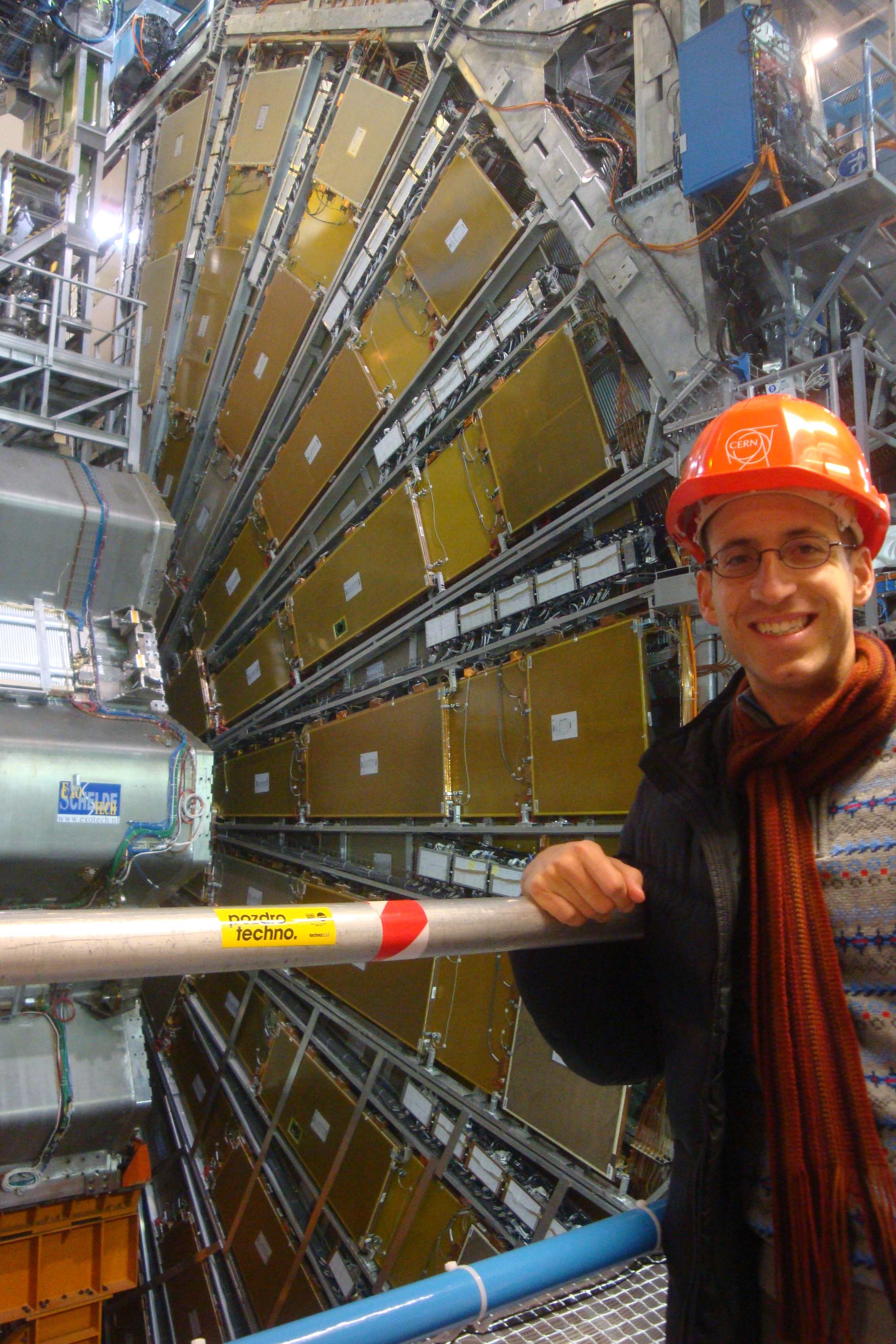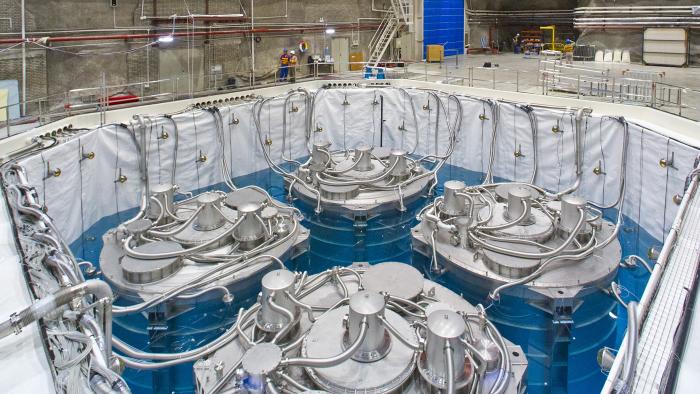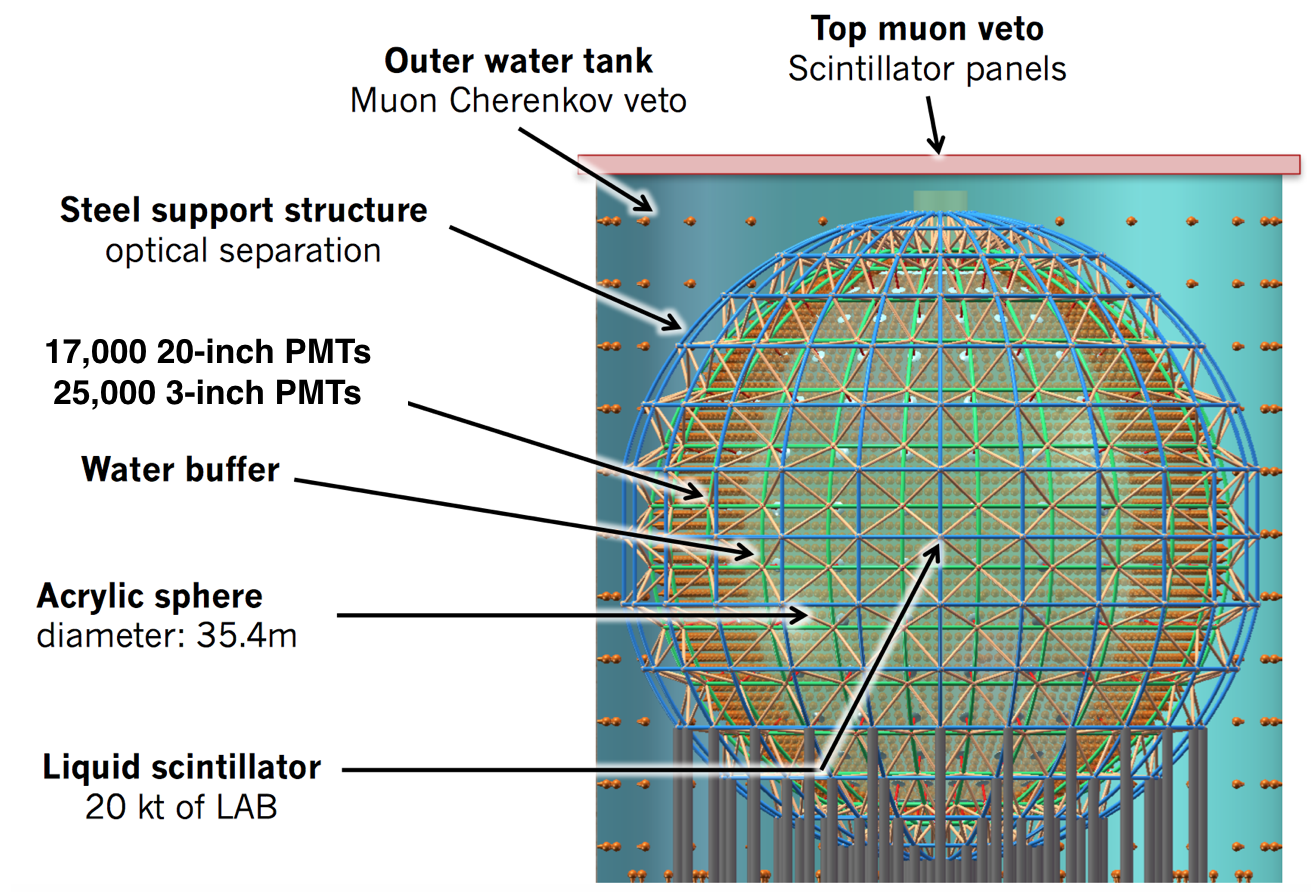

I have just moved to the University of California at Irvine as an Assistant Professor. This page will be updated and moved to their servers soon. I retain a visiting professor position at the Pontificia Universidad Católica de Chile.
I am a professor at the Physics
Faculty of the Catholic
University of Chile. My research interests lie in the
area of experimental particle physics, the branch of science
that studies our universe at the smallest and most fundamental
level.

I am a collaborator in the ATLAS Experiment at the European Center of Nuclear
Research (CERN). With ATLAS we can study high-energy
proton-proton collisions from the Large
Hadron Collider (LHC), the world's largest and most
powerful accelerator. By taking matter to extreme conditions
never before recreated in the laboratory, we are able to learn
volumes about many open questions in physics such as the
origin of mass and the unification of the fundamental forces.
We are also able to search for exotic phenomena such as extra
dimensions of space, microscopic black holes, and dark matter
particles. Our Atlas Andino
group is involved in many aspects of the experiment, including
the acquisition and analysis of collision data. We also
perform the last stage of construction and the cosmic-ray
testing of the next generation Thin Gap Chambers (the modules
seen in the background of the picture on the right) in our
local laboratories. These modules will be installed in the
ATLAS New Small Wheel in 2019.

I am also heavily involved in the Daya
Bay Reactor Neutrino Experiment, located roughly 50km
northeast of Hong Kong, in China. In this experiment 8
identical detectors, each weighing more than 100 tons, are
deployed in 3 underground caverns at different distances from
a group of 6 nuclear reactors. The detectors are immersed in
very large pools of water in order to shield them from ambient
radioactivity and to be able to detect incoming cosmic-rays
(see picture on the right). This allow us to study the
mysterious properties of neutrinos, the fundamental particles
copiously produced inside nuclear reactors, and thus to shed
light on the nature of our universe and the forces that shape
it. Our local group in Chile is heavily involved in many
aspects of the experiment, such as calibration,
reconstruction, data analysis and the search for new physics.
I also have the privilege of serving the collaboration in
various leadership positions. You can learn more about Daya
Bay here
and here.
You can also see an article that appeared in the University's
website here
(in spanish).

I am also an active collaborator in the Jiangmen Underground Neutrino
Observatory (JUNO),
a 300 million dollar project with an extremely rich program in
neutrino physics and astrophysics. With a 35m diameter acrylic
sphere of liquid scintillator surrounded by over 35,000
photomultiplier tubes (PMTs) of different sizes, JUNO will be
the largest and most precise detector of this type ever built
in history. Our group in Chile is responsible for various
components of the small (3 inch) PMT subsystem, which I
co-manage. This includes the underwater boxes that will house
the electronics, as well as the high-voltage divider boards
for the 25,000 channels. We are also contributing to the
design and construction of the underwater connectors that will
link the PMTs to the electronics. Please see this article
for more information on the funds that we got from CONICYT for
these activities. The project is advancing rapidly, and we
expect to begin data-taking by 2020.